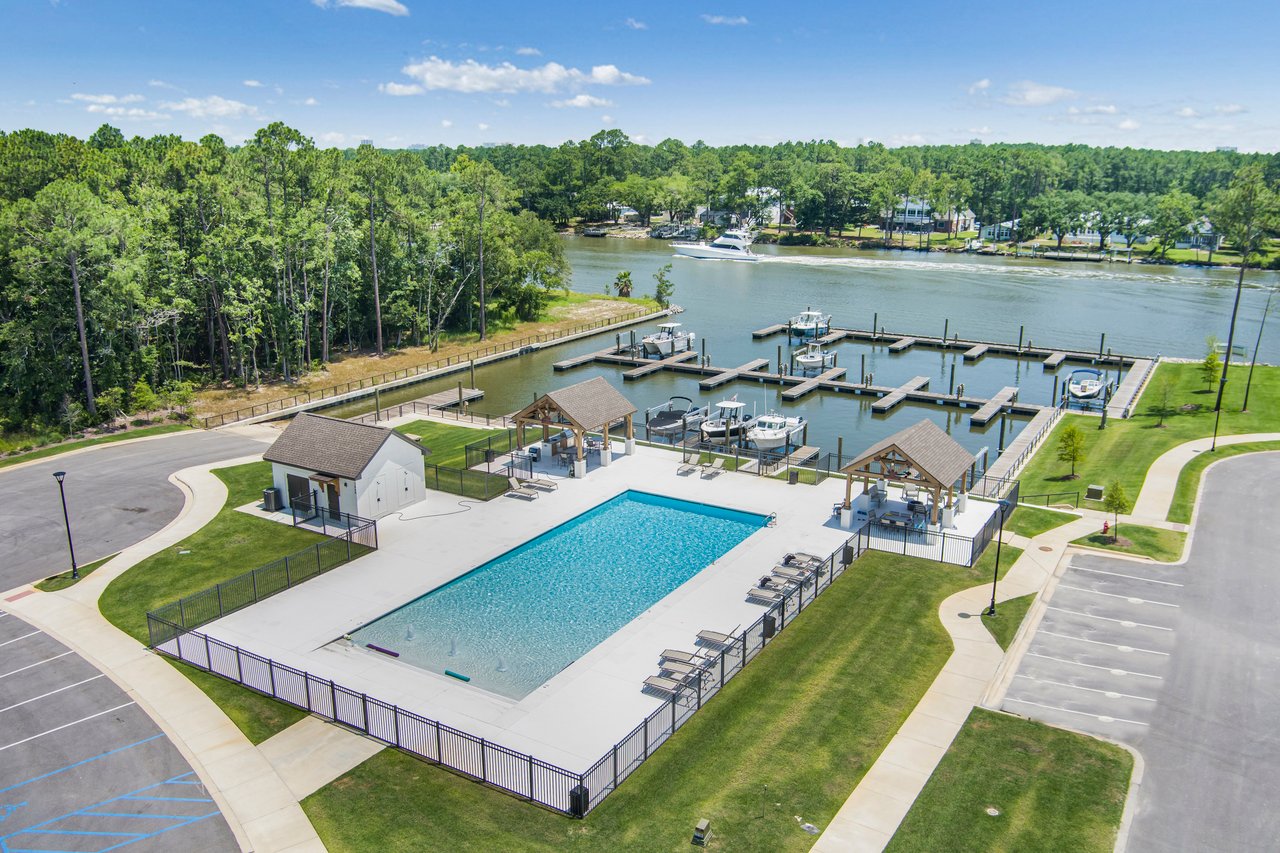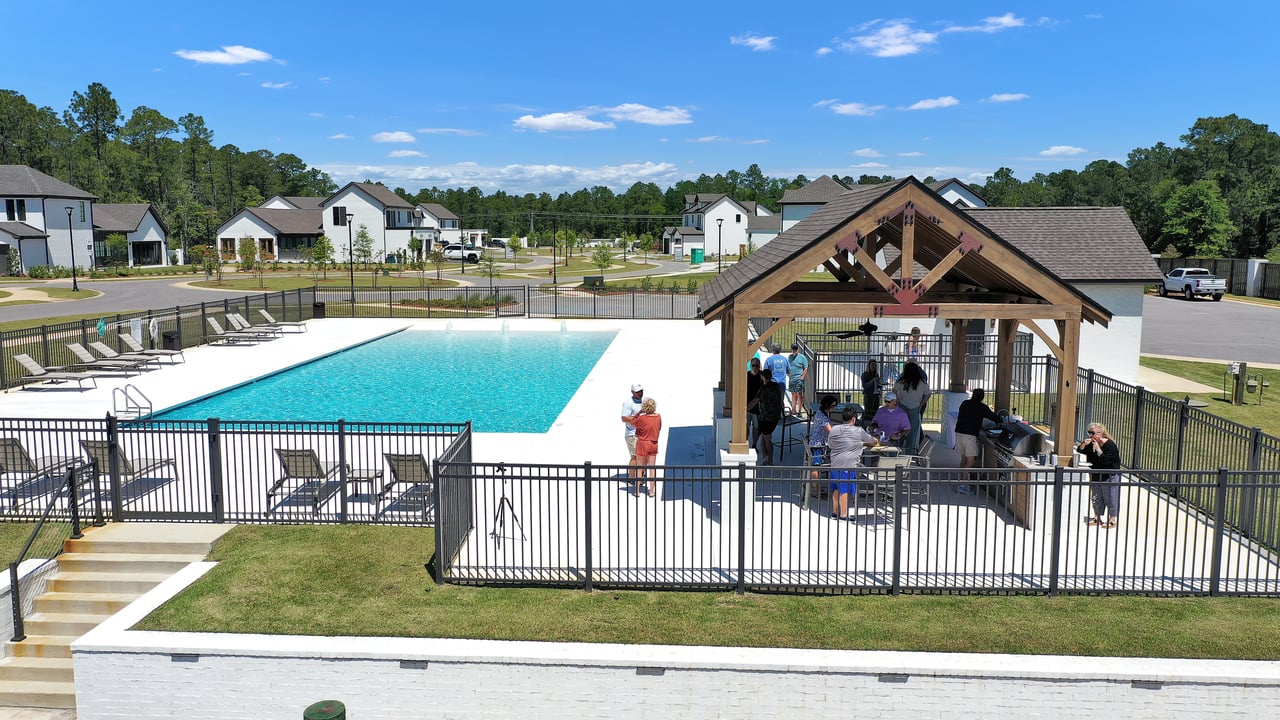
Live the Art of Coastal Luxury
Welcome to Waterways
Welcome to Waterways, an exclusive gated community in Gulf Shores, AL, where luxury waterfront living comes to life. This stunning collection of homes is thoughtfully designed to reflect the natural beauty of the Gulf Coast, blending elegance and comfort with breathtaking views and sophisticated interiors. Located less than a mile from pristine beaches, each residence offers easy access to serene waters and a true coastal lifestyle.
Every home in Waterways is crafted with high-end finishes, spacious layouts, and modern amenities that highlight the charm of Gulf Shores. Private outdoor spaces and stylish design elements ensure a seamless connection to the surrounding landscape, creating a relaxed, vacation-like atmosphere every day. Discover a community where refined living and natural beauty meet.










